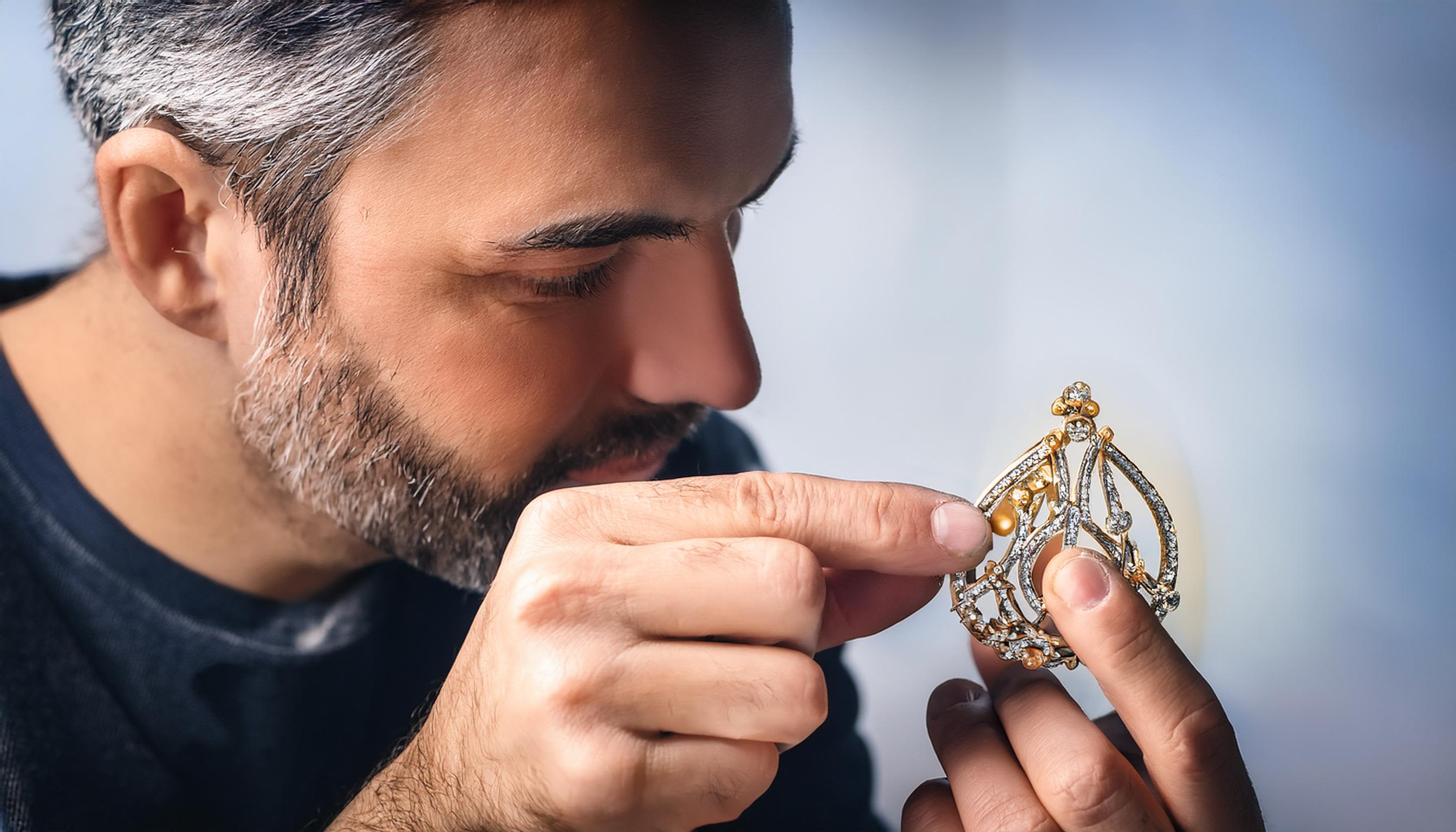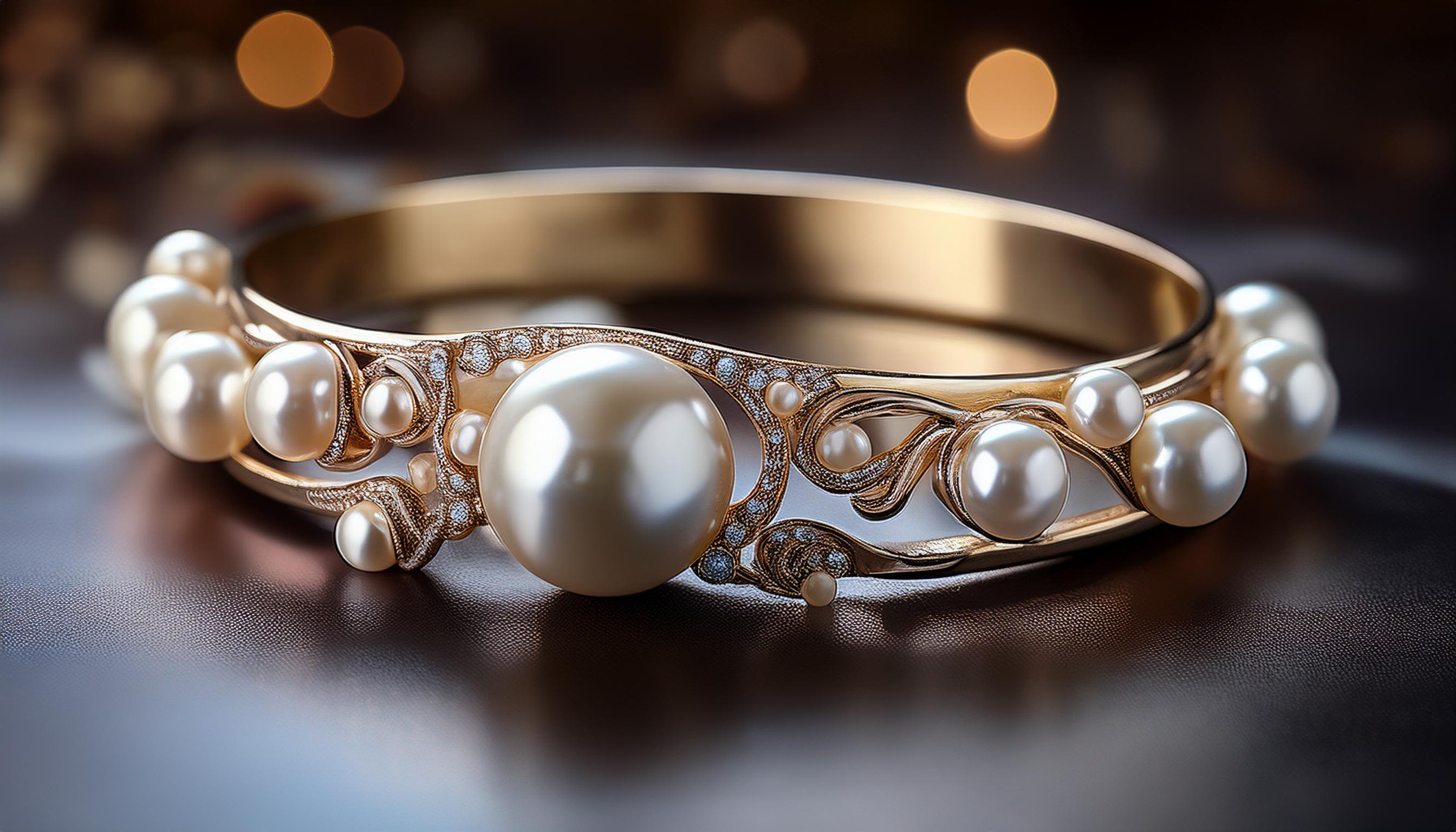If you’ve always dreamed of spotting a vintage or antique piece of jewellery, here is how you would do it

Knowing the difference between modern jewellery made to look vintage versus real vintage or antique jewellery can be tricky. But there are a few characteristics that will give it away. Authentic vintage jewellery typically refers to pieces that are at least 20 to 30 years old, while antique jewellery is usually over 100 years old. South Africa has a rich history in the diamond and jewellery industry, and the country is known worldwide for its high-quality gems and fine craftsmanship. As a result, the market for second-hand and vintage jewellery in South Africa is robust – and it’s well worth it to know how to spot a good find!
Before you dive into this new hobby, though, keep in mind: if you do decide to shop vintage, consider visiting a Cash Converters store. Our experts have all this knowledge and more, and each jewellery piece goes to our head office’s Jewellery Processing Centre (JPC), where it is cleaned and evaluated before it is sold.
1. Key characteristics of vintage and antique jewellery
Victorian jewellery: South Africa’s historical ties to Britain during the Victorian era mean that many older South African pieces reflect this style. Expect intricate, romantic designs with nature motifs, diamonds, and coloured stones.
Art Deco jewellery: The 1920s and 1930s brought geometric shapes and bold designs that are still sought after today. Art Deco pieces are often made with platinum and diamonds, both of which were readily available due to South Africa’s mining industry.
Mid-century modern pieces: By the 1950s, South African jewellers were crafting more minimalist designs with yellow gold and gemstones, reflecting global trends. These are the designs you might recognise as those of your grandmother’s.
2. Hallmarks and stamps specific to South Africa
One of the most reliable ways to determine the authenticity of vintage jewellery is by checking the hallmarks and stamps, which provide crucial information about the piece’s origin, maker, and metal purity.
In South Africa, jewellery is often marked with maker’s marks. Look for jeweller’s or manufacturer’s stamps, which can indicate whether the piece was made by a well-known South African jeweller or imported.
South African gold jewellery is typically marked with metal purity stamps: 9K, 18K, or 22K stamps to indicate the gold content. Sterling silver pieces are marked with 925, indicating 92.5% pure silver.
Older South African jewellery may also bear assay office marks indicating where the piece was tested for metal purity. For example, you might find the Springbok mark, which symbolises South Africa and is used to mark genuine South African jewellery.
3. Style and design clues
Many South African vintage and antique pieces reflect our unique heritage and resources. For example, you may find vintage jewellery featuring local diamonds from famous mines like Kimberley.
Some stylistic clues to look for include hand-cut diamonds: Older South African jewellery may feature hand-cut diamonds, which were popular before modern cutting technologies became widespread. These diamonds often have a slightly irregular shape, unlike the precise cuts of today’s gems.
Jewellery from the early 20th century may reflect South Africa’s colonial ties, with European design elements combined with local materials like gold and diamonds.
4. Signs of ageing in authentic pieces
When buying vintage or antique jewellery, it’s important to recognise the signs of natural wear and ageing. This tip might not be applicable when you’re buying from a reputable source like Cash Converters, as we clean and evaluate each piece before it goes to the shops. But it’s still good to know if you’re someone who likes to shop second-hand, as not all of these signs of wear and tear can be erased, and it’s often a good indicator of an item’s authenticity. Authentic pieces from South Africa, especially older ones, will likely show patina, or a slight tarnish, on metal. Another sign is wear on settings: antique rings, earrings, and necklaces may have slightly worn or loose settings due to decades of use. Pay attention to the prongs holding gemstones, as they may show wear consistent with age. You can also look for small scratches or dings, which can be indicators of age and authenticity.
5. Gemstone characteristics
South Africa’s history as a major diamond producer means many vintage and antique pieces feature high-quality diamonds. However, older gemstones may not have the same brilliance or cut precision as modern gems due to historical cutting techniques.
Old mine-cut diamonds are less symmetrical than today’s brilliant cuts but highly valued for their historical significance. Hand-carved gemstones are sometimes found in vintage jewellery, particularly in Victorian-era pieces, where intricate designs were prized. Modern reproductions lack this level of craftsmanship.
6. Consulting a local expert
If you’re unsure about the authenticity of a vintage or antique piece, consulting a local expert is a smart move. South Africa has several reputable jewellery appraisers, gemologists, and antique dealers who specialise in evaluating pre-owned jewellery. Seek out professionals registered with the South African Diamond and Precious Metals Regulator (SADPMR). Certified professionals will be able to verify the authenticity of the piece, assess its value, and provide certification, which is especially important for high-value or investment pieces.
In conclusion, spotting authentic vintage and antique jewellery requires a combination of knowledge about historical styles, hallmarking systems, and the country’s unique jewellery-making history – and of course, luck! Pay close attention, do your research, and visit your nearest Cash Converters store to see what you might find.


